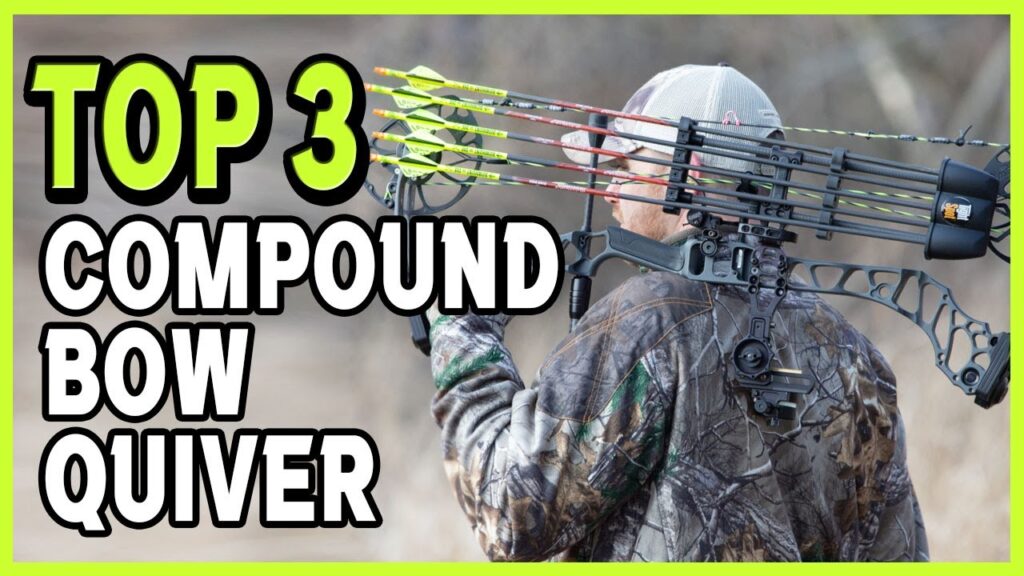

Remember, a bow that shoots with a softer, quieter "thump" will lessen the chance of string-jumping and an unexpected bad hit. TightSpot) that clamps to the bow solidly, can be made to be very quiet. A good two-piece quiver, or a long-stem, one-piece model (i.e. Much of this has to do with the overall design of the quiver, though.

Although I consider a well-designed quiver with a snug shaft-gripper pretty darn quiet (given all the arrows are stuffed in the hood solidly, with the broadhead tips tight), arrows do tend to rattle loose during practice sessions and long hikes in the mountains, causing that dreaded "buzz effect" when shooting. Conversely, keeping the quiver on can make the bow relentlessly inconsistent to shoot, as each arrow you remove from the quiver does change the weight of the setup a small amount, which can cause a shift in point of impact.īesides improved consistency, a bow without a quiver tends to shoot quieter. Removing the quiver from your bow does seem to help with this, mainly because it keeps the bow extremely balanced, without any side weight. But, small equipment adjustments can accentuate accuracy and consistency, boosting confidence that much more. In a nutshell, here are some of the points I recognized during this time of exhaustive experimentation.įamiliarity, good shooting form, and confidence are the real virtues of shooting performance. This got me experimenting with and without the bow quiver to determine the effects of quiver weight - specifically the slight imbalance it causes, and how that can influence shooting performance. It made me want to shoot more, which told me something. Immediately, I noticed the great bow balance and how it shot prior to the event. Then one day, while attending a 3-D shoot in the local mountains, I switched to my backup bow that didn't have a quiver on it.


 0 kommentar(er)
0 kommentar(er)
